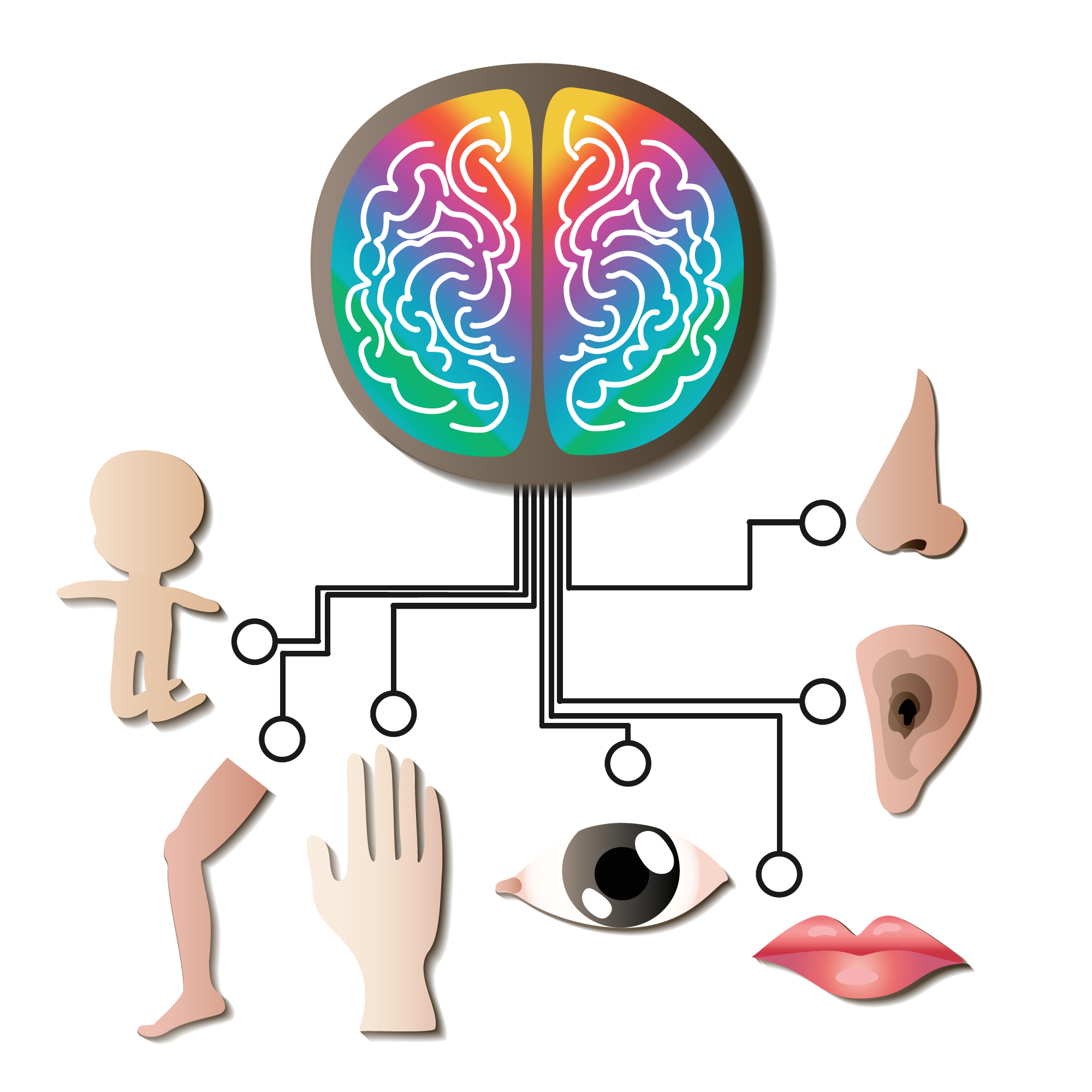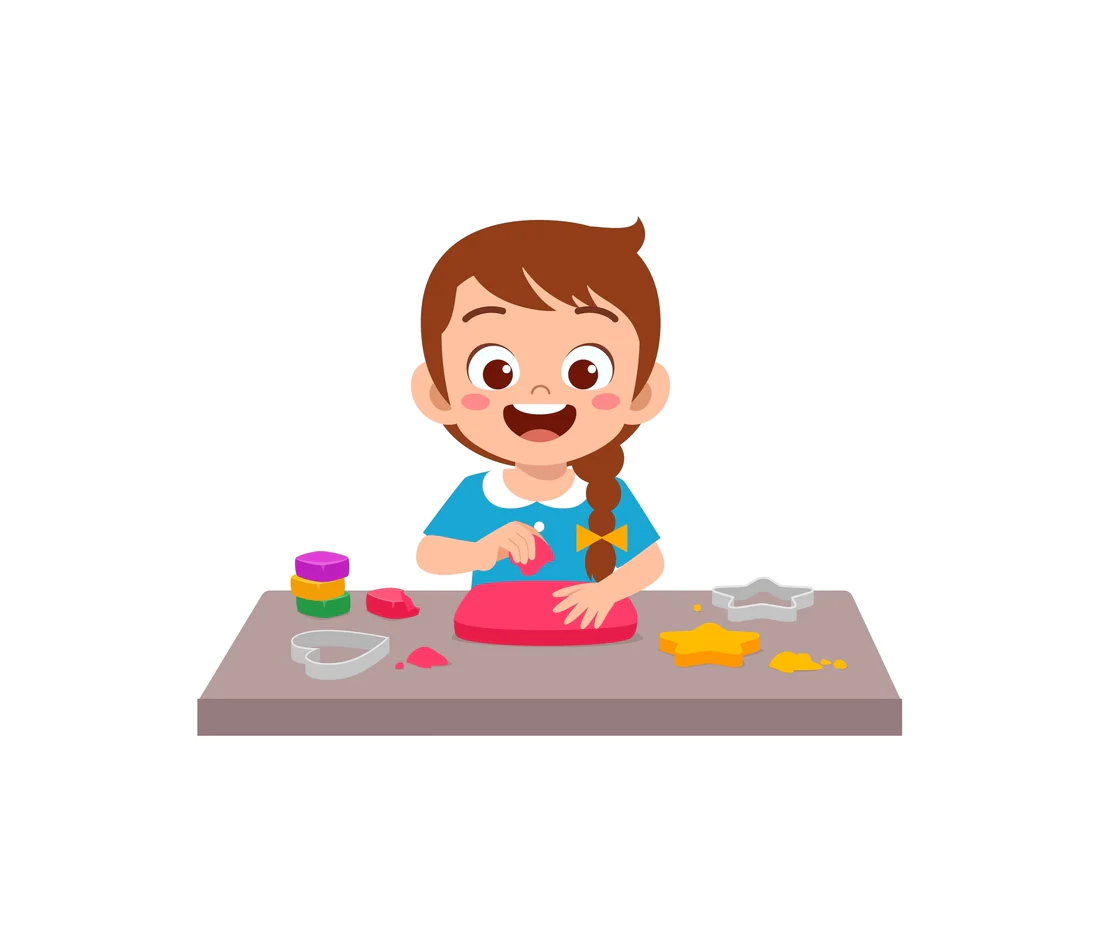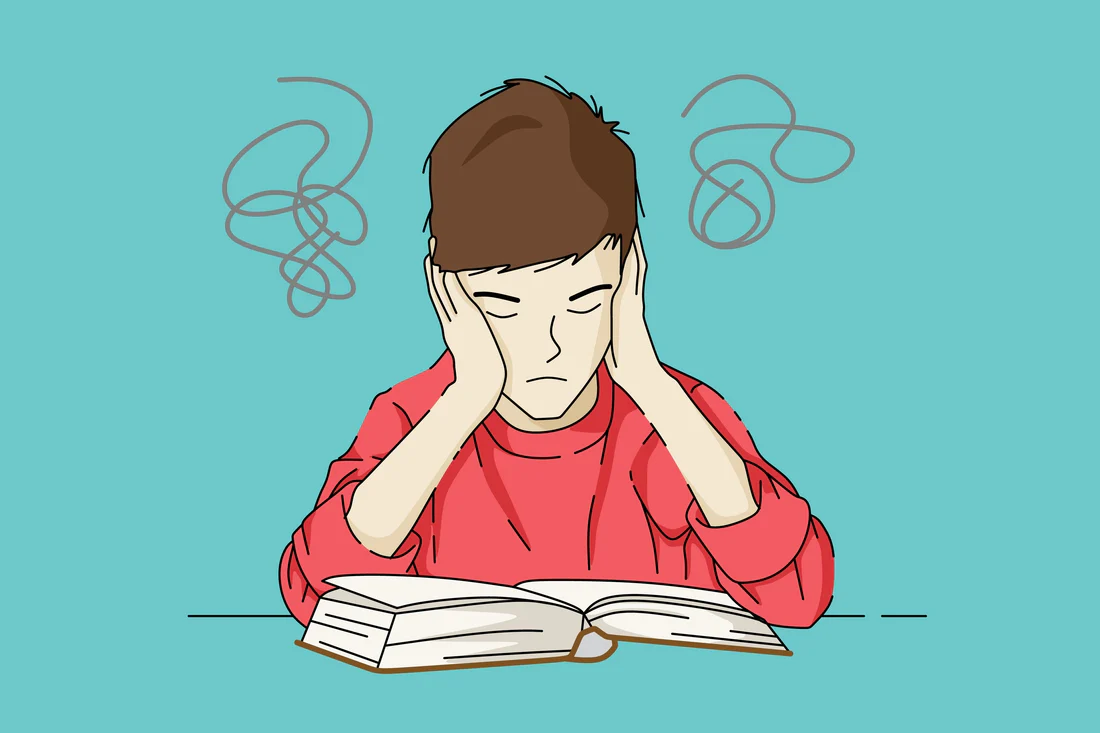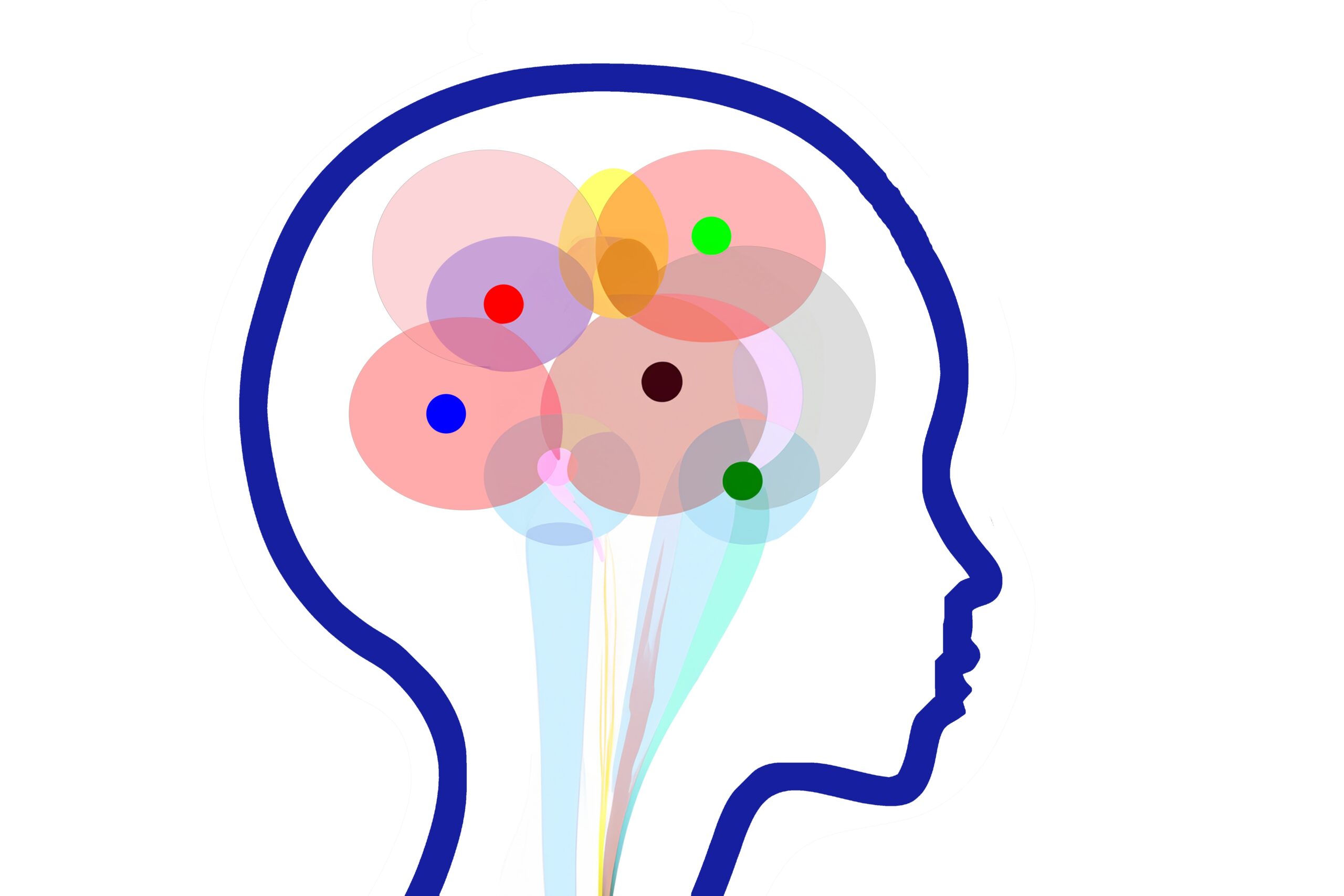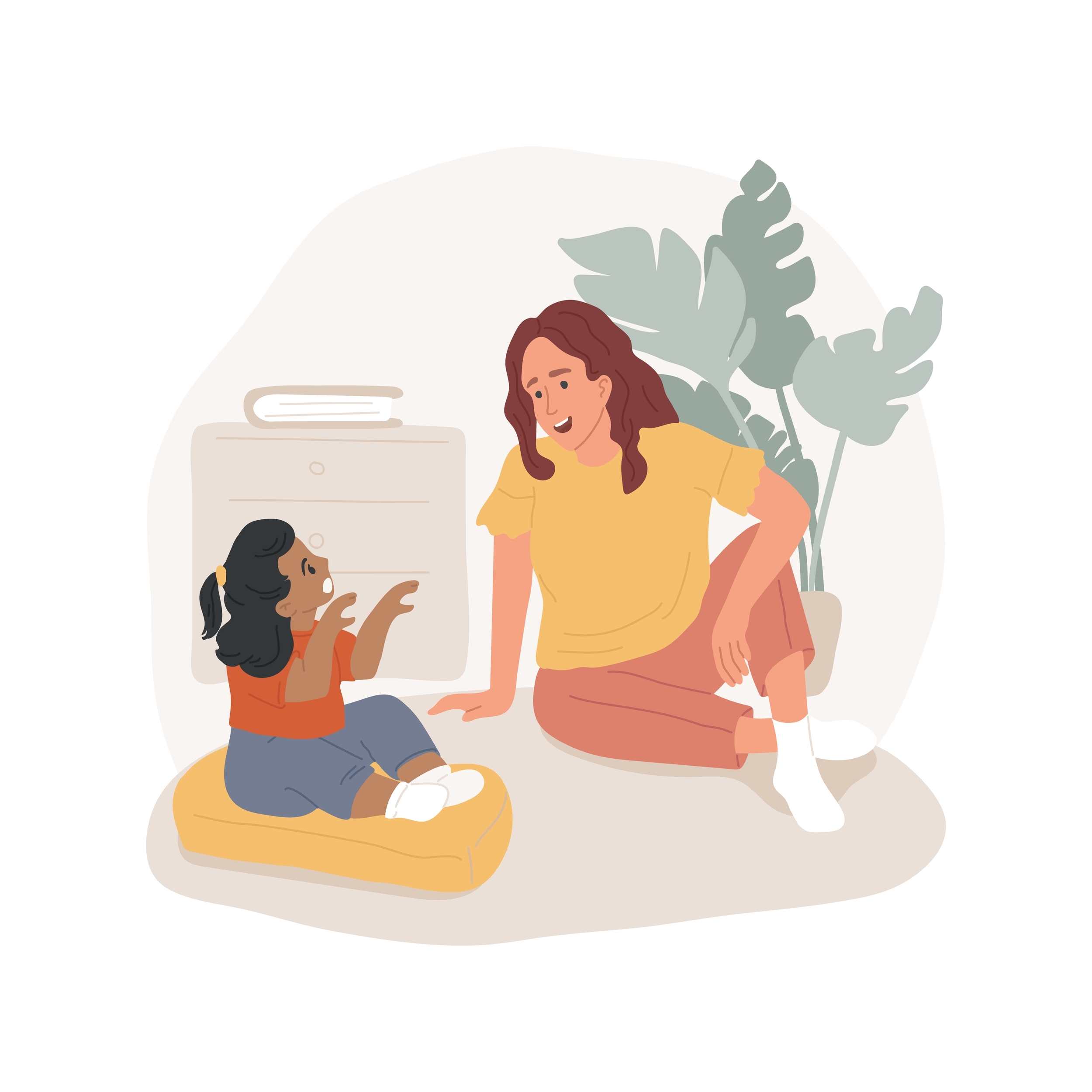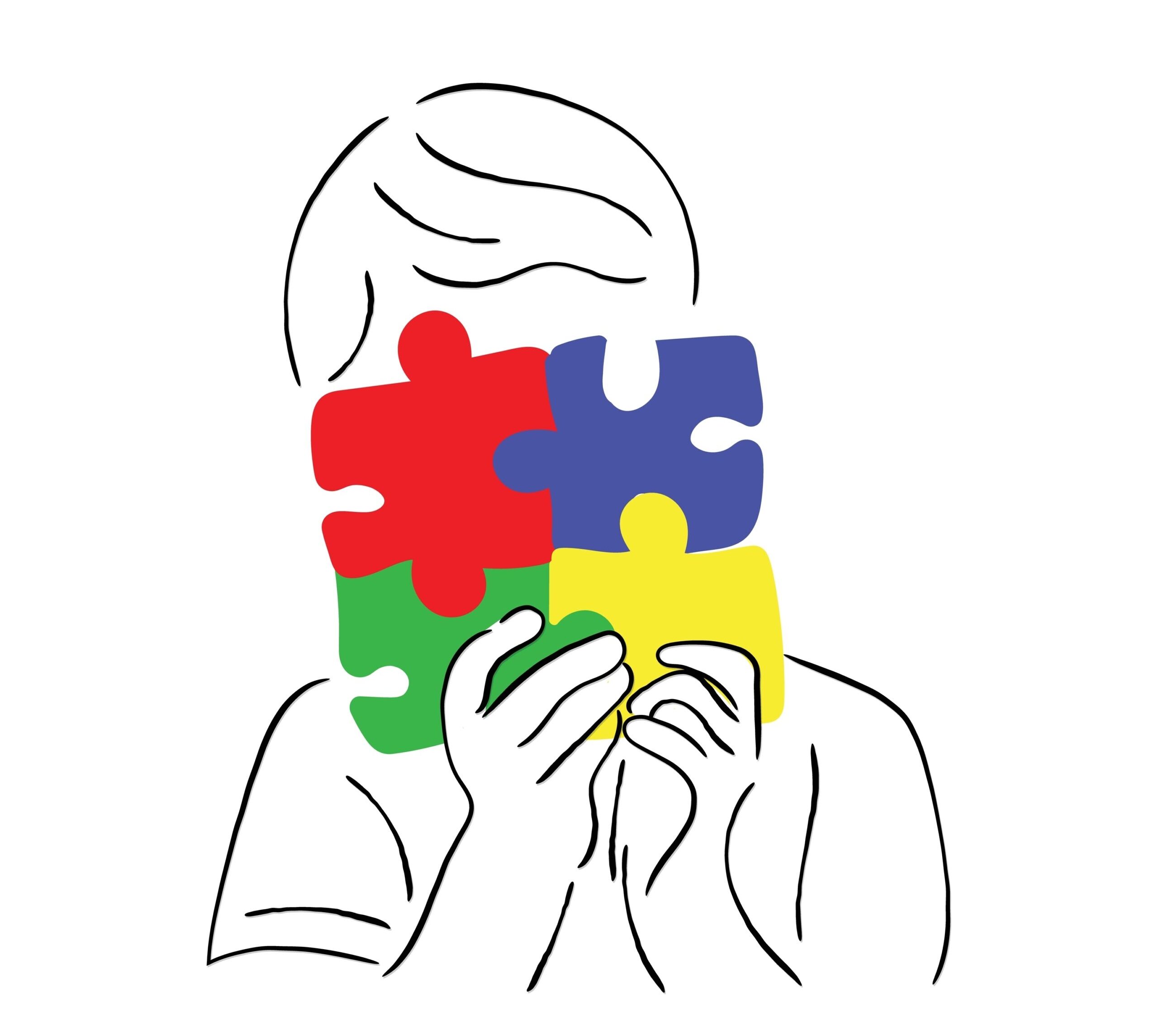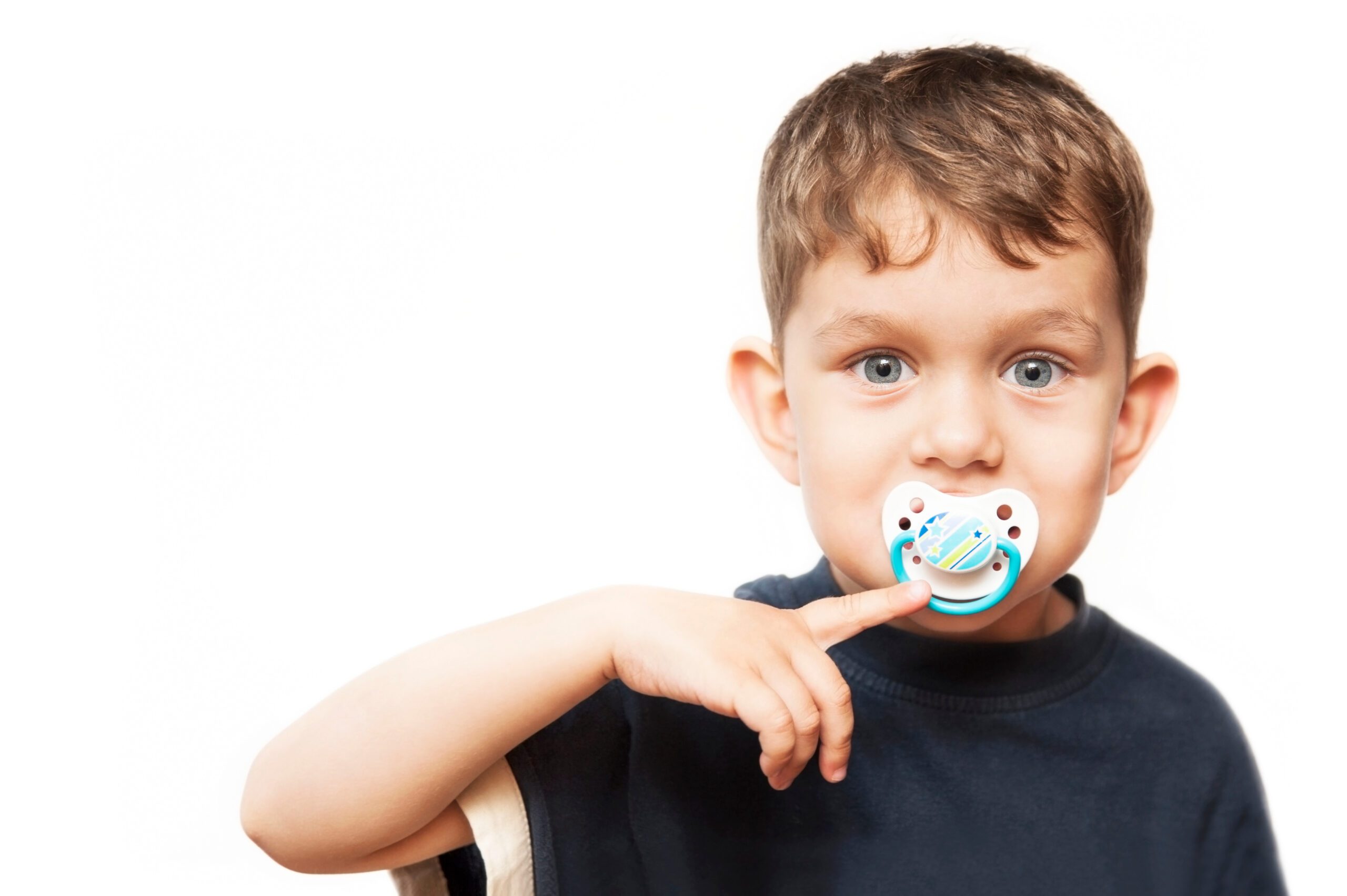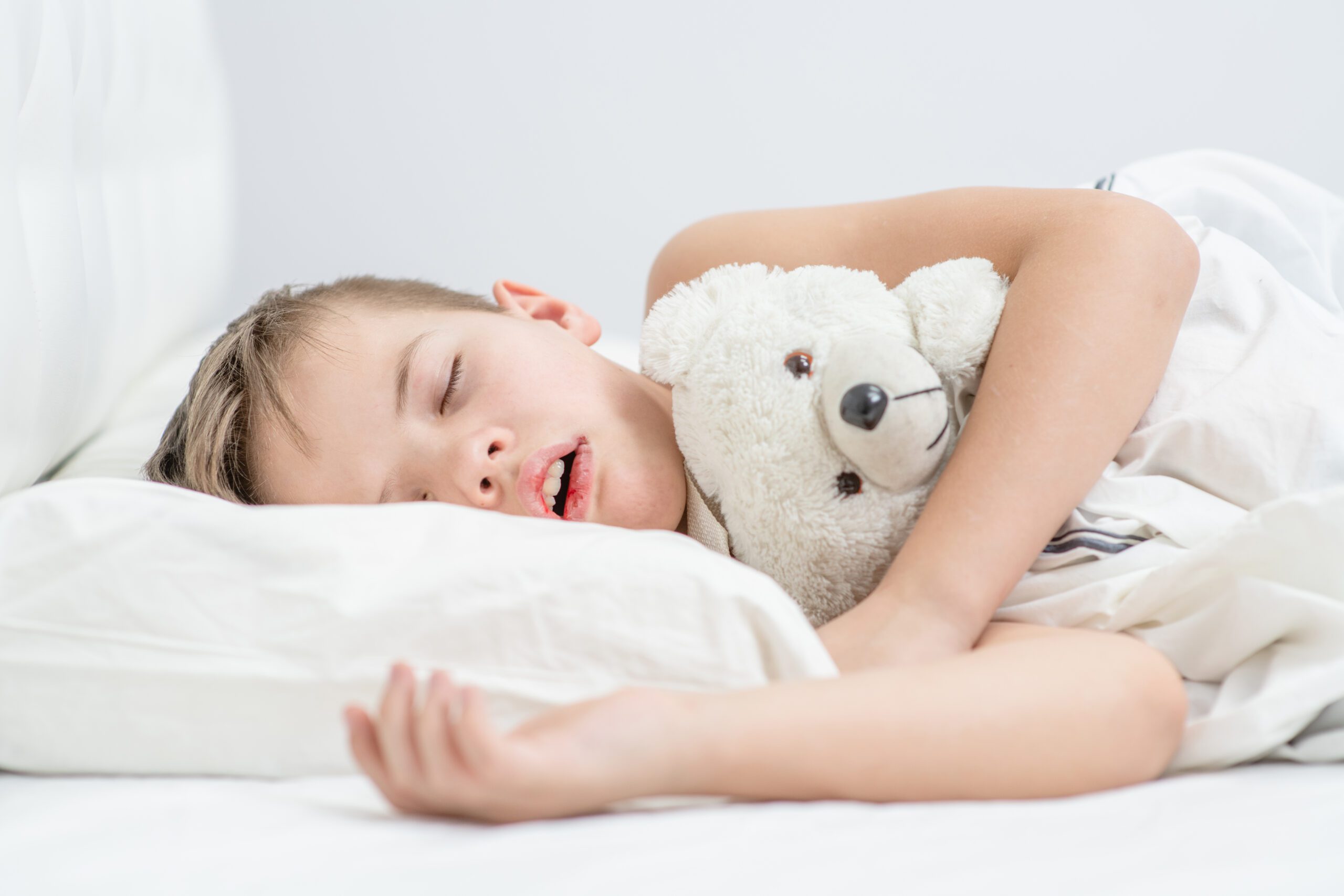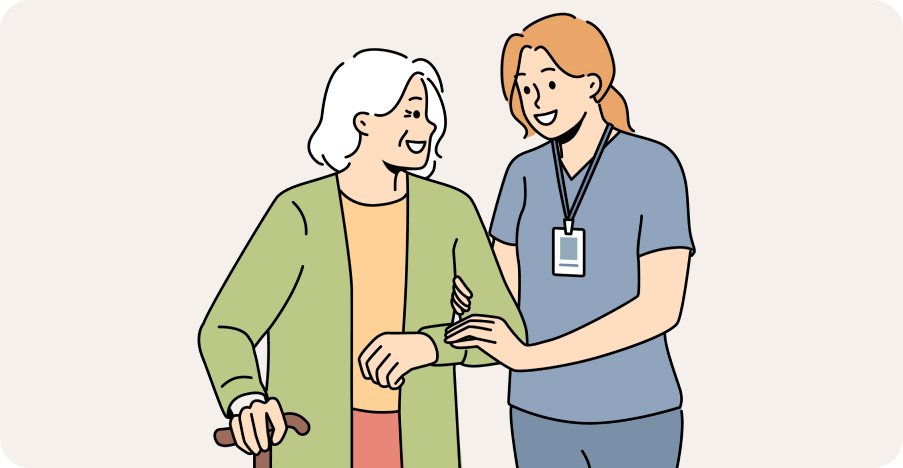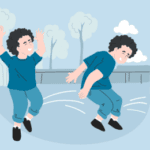
Sensory Processing Disorder
- Signs and Symptoms of Sensory Processing Disorder in Children
- Sensory Processing Disorder in Teens: Signs, Symptoms, Diagnosis & Treatment
- Sensory Processing Disorder (SPD) in Adults: Signs, Diagnosis, Treatment & Coping Strategies
- Types of Sensory Processing Disorder (SPD): Symptoms, Characteristics & Treatment
- Sensory Processing Disorder Treatment Options & Best Therapies for SPD in Children and Adults
- Living with Sensory Processing Disorder: Daily Tips, Support Strategies, and Family Guidance
- Vestibular and Proprioceptive Processing in Sensory Processing Disorder (SPD)
- Causes and Risk Factors of Sensory Processing Disorder (SPD): What Science Knows
- How Is Sensory Processing Disorder Diagnosed? Tests, Signs, and Evaluation Tools
- Stimming Behaviors in Sensory Processing Disorder: What They Are and Why They Matter
- Sensory Processing Disorder and Learning: How Sensory Challenges Affect Education
- Sensory Diet Strategies for Kids: Effective Tools for Sensory Regulation
- Sensory Integration Disorder and Sensory Integration Therapy
- Sensory Discrimination Disorder
- Sensory Modulation Disorder: Symptoms, Subtypes, and Treatment Strategies
- Sensory Over-Responsivity (SOR): Signs, Causes, and How to Help Kids and Adults Cope
- Sensory Under-Responsivity: Signs, Causes, and Support for Children and Adults
- Sensory-Based Motor Disorder: Signs, Symptoms, and Effective Treatments for Children and Adults
- Visual Processing Disorder: Signs, Symptoms & How to Support Visual Learning Challenges
- Auditory Processing Disorder (APD): Symptoms, Diagnosis & Treatment for Children and Adults
- Sensory Seeking/Craving: Understanding, Identifying, and Supporting Sensory Seekers
- Dyspraxia (Developmental Coordination Disorder): Understanding SBMD and Its Impact
- Postural Disorder: Causes, Symptoms & Treatment | Sensory-Based Motor Disorder Guide
Sensory Seeking/Craving: Understanding, Identifying, and Supporting Sensory Seekers

Authored by: The DrSensory Editorial Team
Reviewed by: 🛡️ DrSensory Clinical Review Board
Last updated: June 2025
Sensory Seeking/Craving: Understanding the Need for Stimulation
Sensory seeking, also known as sensory craving, refers to behaviors where individuals actively seek out sensory experiences to fulfill their heightened need for sensory input. This can manifest in various ways, including seeking intense sights, sounds, textures, or movements.
What Are Sensory Seeking Behaviors?
Individuals exhibiting sensory seeking behaviors may:
- Engage in repetitive motions: Such as rocking, spinning, or fidgeting.
- Seek out loud sounds or bright lights: Preferring environments with intense auditory or visual stimuli.
- Touch various textures: Frequently exploring different surfaces through touch.
- Participate in high-energy activities: Like jumping, climbing, or running.
- Chew on non-food items: Indicating a need for oral sensory input.
These behaviors are often observed in individuals with sensory processing differences, such as those with Autism Spectrum Disorder (ASD) or Attention Deficit Hyperactivity Disorder (ADHD).
Causes of Sensory Seeking Behaviors
Sensory seeking behaviors can arise from:
- Neurological differences: Variations in brain processing can lead to heightened sensory needs.
- Sensory Processing Disorder (SPD): A condition where the brain has trouble receiving and responding to information from the senses.
- Developmental conditions: Such as ASD or ADHD, where sensory seeking is a common trait.
- Environmental factors: Overstimulating or understimulating environments can influence sensory seeking behaviors.
Understanding the underlying causes is crucial for developing effective support strategies.
Identifying Sensory Seeking Behaviors
Common signs of sensory seeking include:
- Constant movement: Difficulty staying still, often moving or fidgeting.
- Seeking intense sensory experiences: Preferring loud music, bright lights, or strong smells.
- Engaging in risky behaviors: Climbing high places or spinning to achieve sensory input.
- Oral sensory seeking: Biting, chewing, or sucking on non-food items.
If these behaviors are frequent and impact daily functioning, it may be beneficial to consult a healthcare professional for assessment.
Supporting Sensory Seekers: Strategies and Therapies
Effective strategies to support sensory seekers include:
- Creating a sensory-friendly environment: Incorporate sensory-friendly tools and spaces that cater to sensory needs.
- Implementing a sensory diet: A personalized plan of sensory activities designed to help regulate sensory input.
- Engaging in occupational therapy: Working with an occupational therapist to develop coping strategies and sensory integration techniques.
- Providing sensory breaks: Allowing regular intervals for sensory activities to prevent overload.
These approaches can help individuals manage sensory seeking behaviors and improve daily functioning.
What is the difference between sensory seeking and sensory avoiding?
Sensory seeking individuals actively seek out sensory input, while sensory avoiding individuals may withdraw or react negatively to sensory stimuli. Understanding these differences is essential for providing appropriate support.
Can sensory seeking behaviors change over time?
Yes, with appropriate interventions and support, sensory seeking behaviors can decrease or become more manageable as individuals develop coping strategies.
Are sensory seeking behaviors always a sign of a disorder?
Not necessarily. While sensory seeking can be associated with disorders like SPD, ASD, or ADHD, it can also be a normal part of development. It’s important to consider the context and impact of the behaviors.
Signs of Sensory Seeking Behavior Checklist
Use this checklist to observe and document frequent behaviors that may indicate Sensory Seeking (also called Sensory Craving). If multiple items are checked off consistently, it may be helpful to consult with an occupational therapist or specialist.
🔄 Movement-Based Behaviors
- ☐ Constantly moving (running, jumping, climbing)
- ☐ Spins or twirls self or objects often
- ☐ Seeks rough-and-tumble play or wrestling
- ☐ Frequently bumps into people or objects
- ☐ Enjoys swinging, bouncing, or rocking intensely
- ☐ Difficulty staying seated or still
✋ Touch-Seeking Behaviors
- ☐ Touches everything (walls, furniture, people)
- ☐ Enjoys messy textures (mud, paint, glue, etc.)
- ☐ Rubs objects or skin for texture stimulation
- ☐ Frequently chews on clothing, pencils, or hair
- ☐ Enjoys deep pressure (tight hugs, weighted items)
🔊 Auditory and Visual Stimulation Seeking
- ☐ Likes loud noises, music, or repeating sounds
- ☐ Makes repetitive vocalizations (humming, yelling)
- ☐ Seeks out flashing lights or spinning visuals
- ☐ Watches moving objects or flicks fingers in front of eyes
👅 Oral and Smell-Based Sensory Seeking
- ☐ Puts non-food objects in mouth
- ☐ Craves strong tastes (spicy, sour, crunchy)
- ☐ Frequently licks or sniffs objects
- ☐ Bites nails, chews gum, or sucks on fingers often
🧠 Behavioral & Emotional Signs
- ☐ Appears “wild” or “hyperactive” but calms with sensory input
- ☐ Has frequent meltdowns if denied movement or sensory input
- ☐ Seeks repetitive physical input even after activity ends
- ☐ Seems unaware of personal space or social boundaries
☐ Appears more alert or focused after movement or touch
📝 Tips for Use
- Observe behaviors in various settings (home, school, public spaces)
- Use consistently over a week or more to identify patterns
- Share results with professionals for guidance and next steps
This page provides general educational content and is not a substitute for professional medical advice. Always consult a licensed provider for diagnosis and treatment.
View privacy policy, copyright and trust info
More on SPD

- Signs and Symptoms of Sensory Processing Disorder in Children
- Sensory Processing Disorder in Teens: Signs, Symptoms, Diagnosis & Treatment
- Sensory Processing Disorder (SPD) in Adults: Signs, Diagnosis, Treatment & Coping Strategies
- Types of Sensory Processing Disorder (SPD): Symptoms, Characteristics & Treatment
- Sensory Processing Disorder Treatment Options & Best Therapies for SPD in Children and Adults
- Living with Sensory Processing Disorder: Daily Tips, Support Strategies, and Family Guidance
- Vestibular and Proprioceptive Processing in Sensory Processing Disorder (SPD)
- Causes and Risk Factors of Sensory Processing Disorder (SPD): What Science Knows
- How Is Sensory Processing Disorder Diagnosed? Tests, Signs, and Evaluation Tools
- Stimming Behaviors in Sensory Processing Disorder: What They Are and Why They Matter
- Sensory Processing Disorder and Learning: How Sensory Challenges Affect Education
- Sensory Diet Strategies for Kids: Effective Tools for Sensory Regulation
- Sensory Integration Disorder and Sensory Integration Therapy
- Sensory Discrimination Disorder
- Sensory Modulation Disorder: Symptoms, Subtypes, and Treatment Strategies
- Sensory Over-Responsivity (SOR): Signs, Causes, and How to Help Kids and Adults Cope
- Sensory Under-Responsivity: Signs, Causes, and Support for Children and Adults
- Sensory-Based Motor Disorder: Signs, Symptoms, and Effective Treatments for Children and Adults
- Visual Processing Disorder: Signs, Symptoms & How to Support Visual Learning Challenges
- Auditory Processing Disorder (APD): Symptoms, Diagnosis & Treatment for Children and Adults
- Sensory Seeking/Craving: Understanding, Identifying, and Supporting Sensory Seekers
- Dyspraxia (Developmental Coordination Disorder): Understanding SBMD and Its Impact
- Postural Disorder: Causes, Symptoms & Treatment | Sensory-Based Motor Disorder Guide
Find a Therapist near you
Are you looking for a physical, occupational, or speech therapist in your area?
Look no further than the DrSensory Therapist Database and Clinic Directory!
Find a Therapist
Find the physical therapist, occupational therapist, or speech language pathologist you’re looking for!
Ask Us Anything
Whether you are looking for advice, have a general question about sensory processing, or looking for resources.
Submit Your Story
Share your story about your child. Let’s celebrate milestones and learn more about challenges.







































